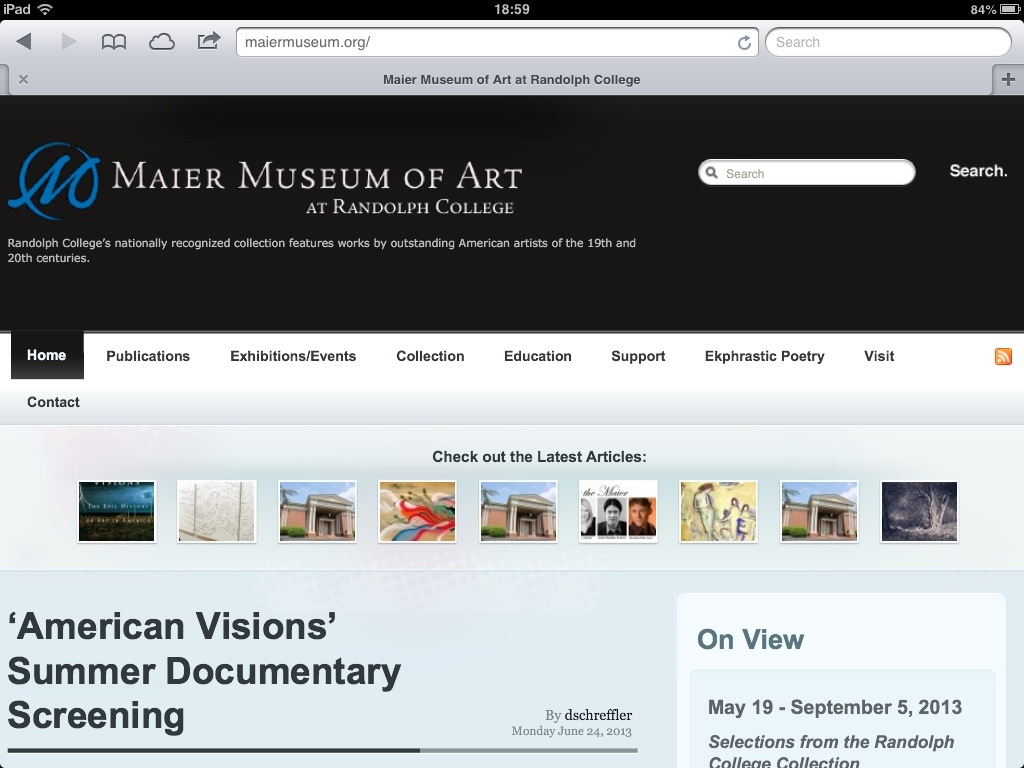Friday 17th May 2013 is Museum Memories day. If you look at the #MusMem hashtag on Twitter you can read about or contribute your memories. The basic remit as outlined by Culture Themes and Museums 140 is as follows:
What is your most memorable moment in a museum?
- It might have been when you had your first spark or the first time you went to a museum with your family.
- Maybe it was when you saw something in a painting that inspired you.
- Could be when you went to a museum with your grandparents.
- Perhaps it was a memory when you went back to a museum as an adult.
You can find the official homepage here:
http://memories.museum140.com/
My earliest memory of a museum is going with my reception class to the National Museum Cardiff as part of a day long outing which also took in Bristol Zoo. I vaguely remember a large dinosaur and an oversized bed bug which gave me nightmares. However, my strongest memories are of buying dinosaur stationery in the shop and one of my class knocking something over and having to go to the local A&E. NB this would have been around 1986 so I am sure H&S has improved since then and my class was probably a bit boisterous.
I think about this when teaching as it reminds me that for many of our youngest visitors the content of the displays may be the least interesting part of the day. Leicester’s ‘What Did You Learn at the Museum Today?’ Project convinced me that I was not a 6 year old philistine. Flicking through my copy of the booklet ‘What Amazed Me Most at the Museum Today’ (MLA 2004) I saw that one child had listed the journey as the most amazing part of his day. In the analysis I found the following quote “children respond positively to the whole experience of the visit. The site, the journey, the activities, the facilitator and even the packed lunches are valued by pupils. All these factors combine to make the visit an engaging and stimulating break from normal school routines”. For me the social interactions, the unfamiliar scales and the experience of being able to *gasp* buy something for myself stuck with me.
A slightly more inspiring story took place when I was 17 and applying to read Archaeology and Anthropology at university. As preparation for my interview my headmaster called somebody at the same museum. I wish I could remember the name of the kind member of staff who showed me around the store and let me handle a prehistoric axe. The sense memory of the axe stays with me and always springs to mind when people talk about the power of touch.
I guess what these museum memories have in common is that they are connected not just to specific objects but to the whole experience. I often recall these memories when I think about the kids and students who come into this museum and wonder what they will remember 10 or 20 years from now…





